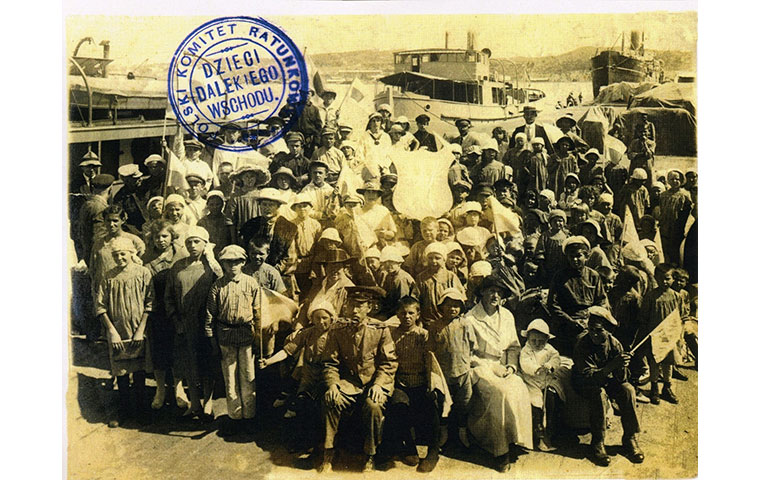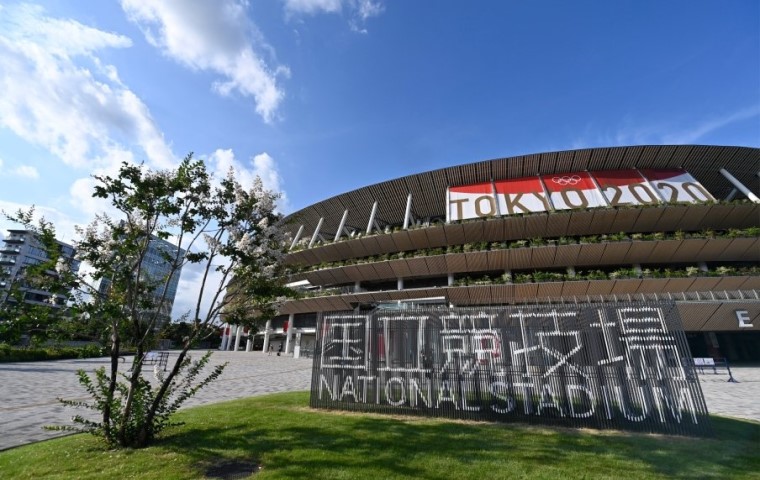Japan-U.S. Comparison Through the COVID-19 Pandemic: A Glass Half Empty vs. Half Full
Related Articles

Over the past few times, in my column, I have written from different angles about the economic, political, and social impacts of the COVID-19 pandemic in the United States. This time, I would like to explore the magnitude of the differences between the two societies, Japan and the United States, as observed in the past year and a half during the pandemic by a Japanese having lived in the United States over 40 years (i.e., myself). Of course, this is strictly based on my personal observations, and does not constitute a scientific inquiry into the causal relationship.
The Tokyo Olympics started a few days ago (at the time of this writing), and images of not only Tokyo but the rest of Japan are being broadcast on TV. As the pandemic continued to persist in Japan, an increasing number of COVID cases in Tokyo had been reported before the beginning of the Olympics.
My first surprise is that almost everyone in Japan was wearing a mask. Living in the United States, I hardly see anyone wearing a mask now. Of course, restaurants and other places are packed with people as if things had gone back to the pre-COVID normal. I find it baffling.
Given my profession, I like explaining the pandemic situation with objective data. Since the pandemic began in earnest in early 2020, the number of COVID-19 cases in the United States has exceeded 35.33 million, and nearly 630,000 people have lost their lives. During the same period, Japan has reported 876,000 cases and over 15,000 deaths. Considering the population of the United States is 2.6 times larger than that of Japan, the COVID-19 infection rate and mortality rate in the United States are about 16 times worse than in Japan.
Certainly, the COVID-19 vaccination rate in the United States is higher than in Japan. At present, 49.7% of the U.S. population is fully vaccinated (57.4% have received at least one shot). No official data for Japan are available yet, but based on the usage rate of the COVID-19 vaccines, 31.4% of the population must have been fully vaccinated.
As Japan began vaccinating several months after the United States, the progress in Japan appears to be comparable to what it was the case in the United States several months earlier. Now with the Delta variant raging, I hope vaccination in Japan will continue to proceed smoothly.
Next, let us compare the current state of the pandemic in the United States and Japan. According to the data for the past week (as of July 26), there were over 380,000 new cases and 1,872 deaths in a week in the United States. The data for Japan during the same period shows over 29,000 cases and 231 deaths. Since this time period coincided with the Olympics, the infection rate in Tokyo, in particular, has been highlighted on the news. According to the same data, the average number of cases in Tokyo over the past week has increased to 10,878, and 7 deaths have been reported.
Calculated on a per-capita basis, the infection rate in the United States is about five times higher than in Japan for the week, and the mortality rate is ten times higher. Compared to Tokyo, the infection rate in the United States over the past week is about 1.5 times higher on a per-capita basis, and the mortality rate is staggering 33 times higher.
Thanks to a relatively high vaccination rate in the United States, the U.S. infection and mortality rates have declined significantly. Nevertheless, the COVID situation in the U.S. remains far worse than in Japan in absolute terms.
Under such circumstances, wearing a mask is considered common sense in Japan. But in the United States, we rarely see anyone wearing a mask. This may be partly because the U.S. government’s Centers for Disease Control and Prevention (CDC) recommended that masks are not required except in crowded places. Yet even before that, very few people were wearing masks. There must be a multitude of reasons, but I would like to highlight just two salient ones in this column.

The first reason is a difference in national character. We may call it a cultural difference. Seeing half a glass of water, Americans tend to see it “half full,” while Japanese tend to see it “half empty.” In other words, Americans tend to interpret the same situation positively (optimistically), while Japanese interpret it negatively (pessimistically).
As soon as the COVID-19 pandemic has somewhat subsided with the vaccination drive in the United States, most Americans have gone back to living normal lives as if the pandemic had been overcome. This summer, the hotels in tourist destinations are already fully booked, the airports are so crowded you cannot even get car rentals, and of course, people are completely mask-free unless specifically required.
Meanwhile, Japan’s reality shows significantly lower infection and mortality rates in contrast to the United States and many other countries. Yet, Japanese perceive the COVID-19 situation very negatively, and even during the Olympics, regardless of whether the government issues a state of emergency, people refrain from going out and, of course, wear masks.
Second, both countries are strongly influenced by their respective local media. Like the general public, the U.S. media tend to see the bright side of things, so they report the reduction in the number of COVID-19 cases and deaths very positively in the news. Contrarily, in Japan, although the COVID situation is far better than the rest of the world, the media report it in grim tones.
The problem is that the Japanese media blindly accept and interpret the more favorably reported U.S. media view of the pandemic situation in the United States (falling infection rates) and report the worsening situation in Japan as if it were much worse than the U.S. situation. Vice versa, seeing the negatively toned reports on the COVID situation in Japan covered by the Japanese local media, U.S. media report the COVID situation in Japan as if it were far worse than in the United States. Both Japanese and U.S. news media, respectively, interpret the other country’s COVID situation based on already culturally imbued local media reports, but neither side is reporting data-based objective facts.
Recently, there were concerns in the United States about whether First Lady Jill Biden should attend the Tokyo Olympics when the COVID situation was re-escalating in Japan. Based on data, I thought Mrs. Biden, who was fully vaccinated, would be much safer in Japan than staying in the United States. As it turned out, she not only attended the opening ceremony but also watched several games before returning home.
Finally, how does optimism in the United States and pessimism in Japan affect their respective economy when the data-based reality of COVID situation is much worse in the United States than in Japan? As I previously mentioned, my views are not based on academic research. It is simply based on an association of facts.
Since the beginning of this year, U.S. Dow Jones Industrial Average has risen about 13%, from 31,176 USD on January 21 to 35,062 USD on July 27. During the same period, Japan’s Nikkei average went down 2.7%, from 28,757 JPY to 27,970 JPY.
The optimistic United States is indeed experiencing rising employment rates and a resurgence of economic activities. U.S. housing prices have already risen 15% this year, and there are even concerns about a housing bubble. Meanwhile, in Japan, there has been no noticeable change in housing prices. It is hard to say how good the U.S. optimism and economic orientation are, but sociologically speaking, Japan may have something to learn from the United States.
(September 4 postscript: Unfortunately, the number of COVID cases is increasing in both Japan and the United States. However, my views in this column remain unchanged.)
——————————————————–
Masaaki Kotabe
Professor at the School of Commerce, Waseda University and the Shidler College of Business, University of Hawaii at Manoa.




